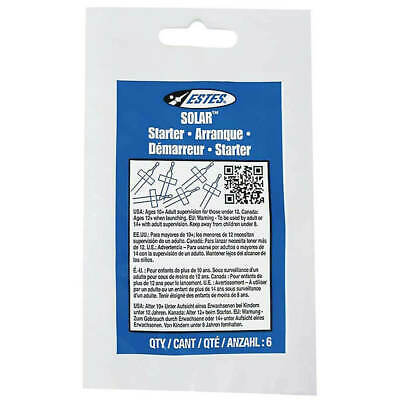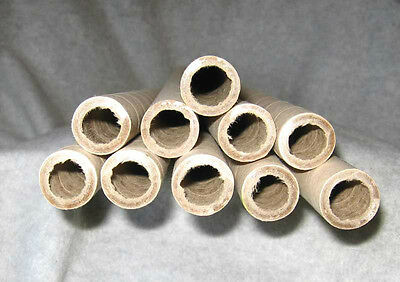-40%
Estes Flying Model Rocket Kit V2 3228
$ 19.53
- Description
- Size Guide
Description
Estes V2Out of Production
Semi-Scale Model 3228 Awesome is the word for the kit! Standing 22.4 inches tall and when powered by an E9 engine, this rocket can soar over 700 feet high! A great color scheme makes the V2 easy to see in the sky. 3/16" Maxi™ Launch Rod required to launch. Skill Level 3 Advanced Length - 22.4 in. (56.9 cm) Diameter - 2.6 in. (66 mm) Estimated Weight - 6.3 oz (178.6 g) Projected Max Altitude - 725 ft. (221 m) Laser cut wood fins, plastic nose cone, 18 in. (46 cm) parachute recovery Recommended Engines: C11-3(First Flight), D12-3, E9-4, E9-6
Model Rocket Kits are rated by Skill Level
1 Beginner
2 Intermediate
3 Advanced
4 Expert
5 Master
If you are just starting in the hobby start at the beginner level and move up from there at your own pace.
What is needed to build and fly
All model rockets come in kit form that require assembly. The materials are primarily cardboard tubes, balsa or plastic fins and nose cone. Materials will vary by model and are typically specified in the description of each kit.
Additional supplies will be necessary to build and finish your model rocket kit and may include:
Scissors, Hobby Knife
Ruler
Wood Glue, Model Cement or CA(Super Glue)
Sandpaper
Masking Tape
Finishing Supplies like:
Wood Filler
Sealer/Primer
Paint
Launching Equipment and Supplies like:
Recovery wadding
Launch Pad
Launch Controller
Power supply
Model Rocket Motors and Igniters
A safe place to fly using guidelines from the National Association of Rocketry Safety Code










